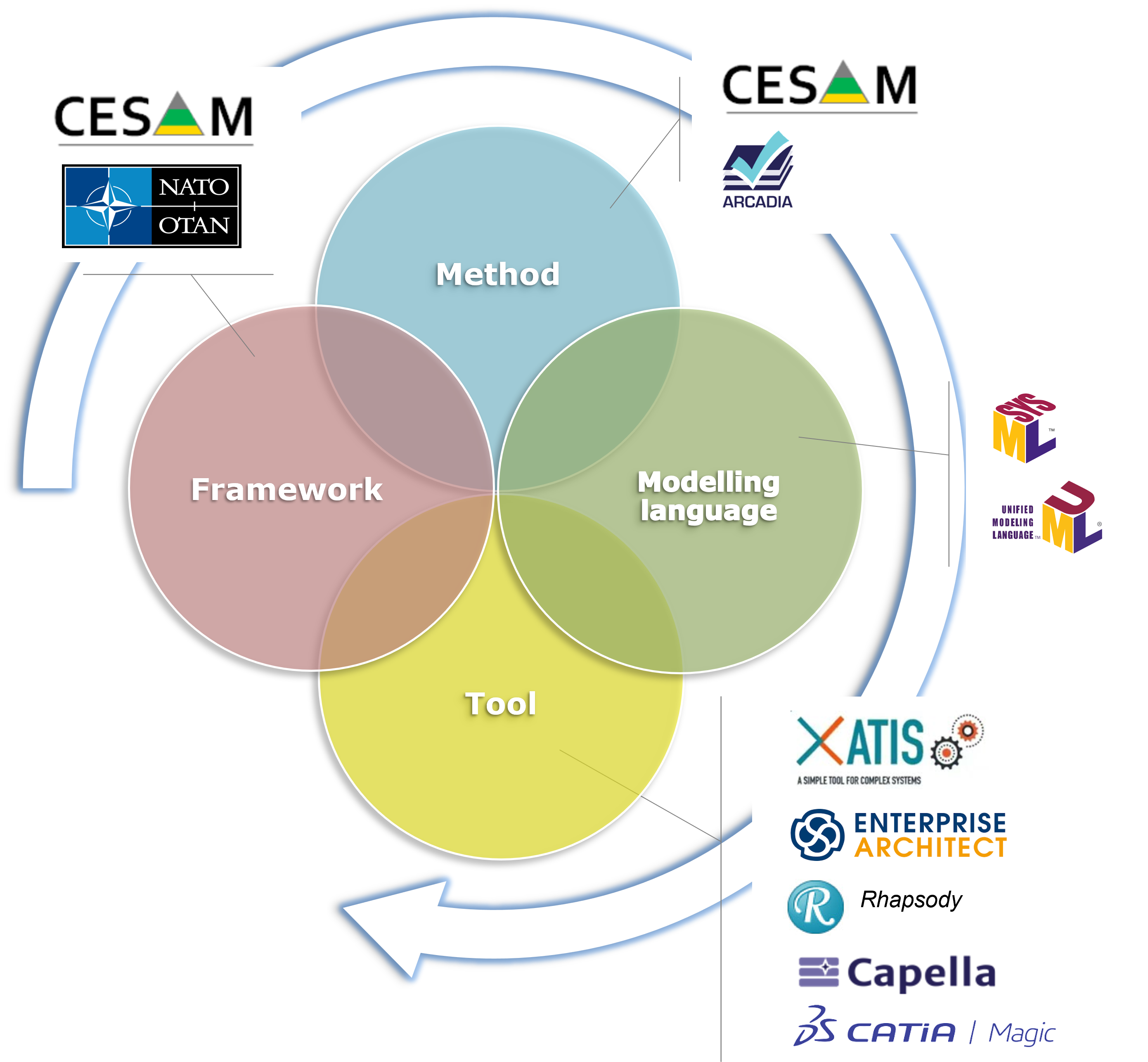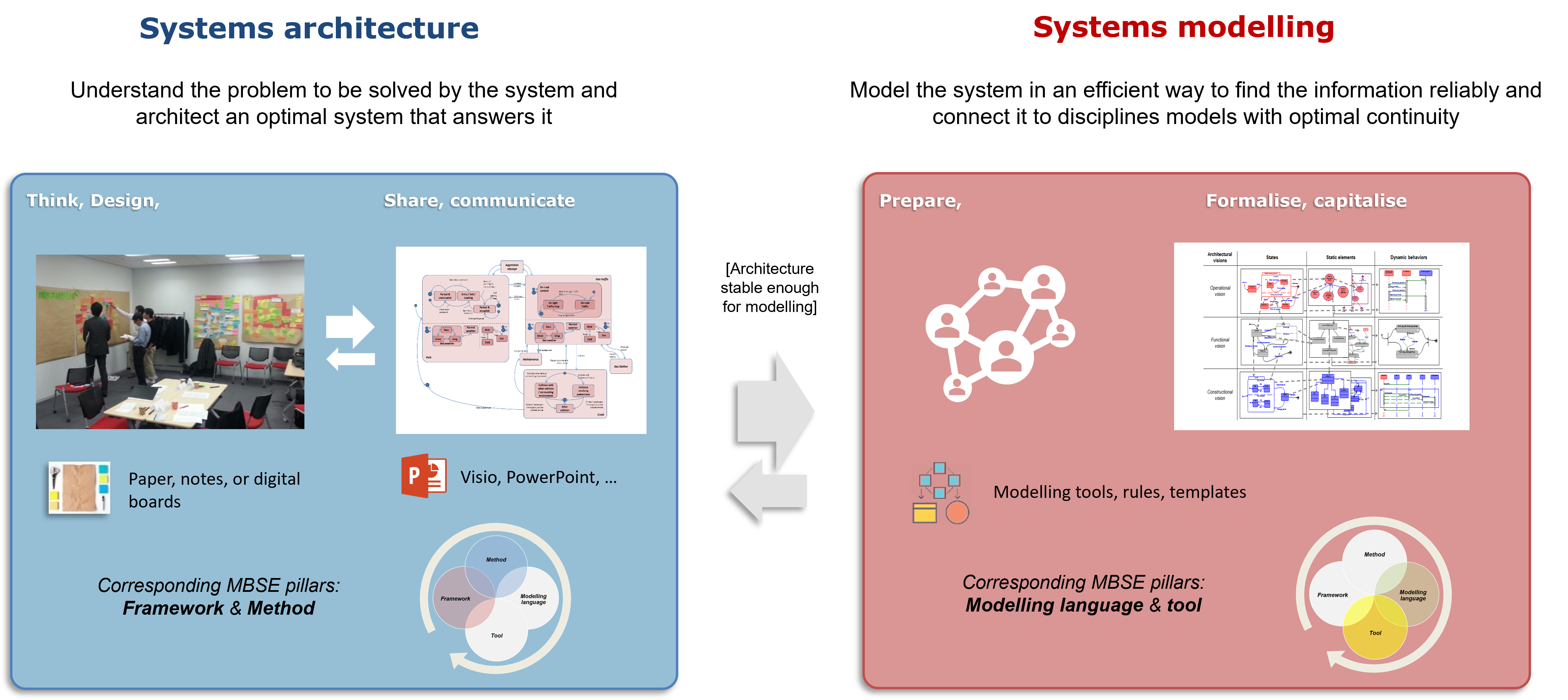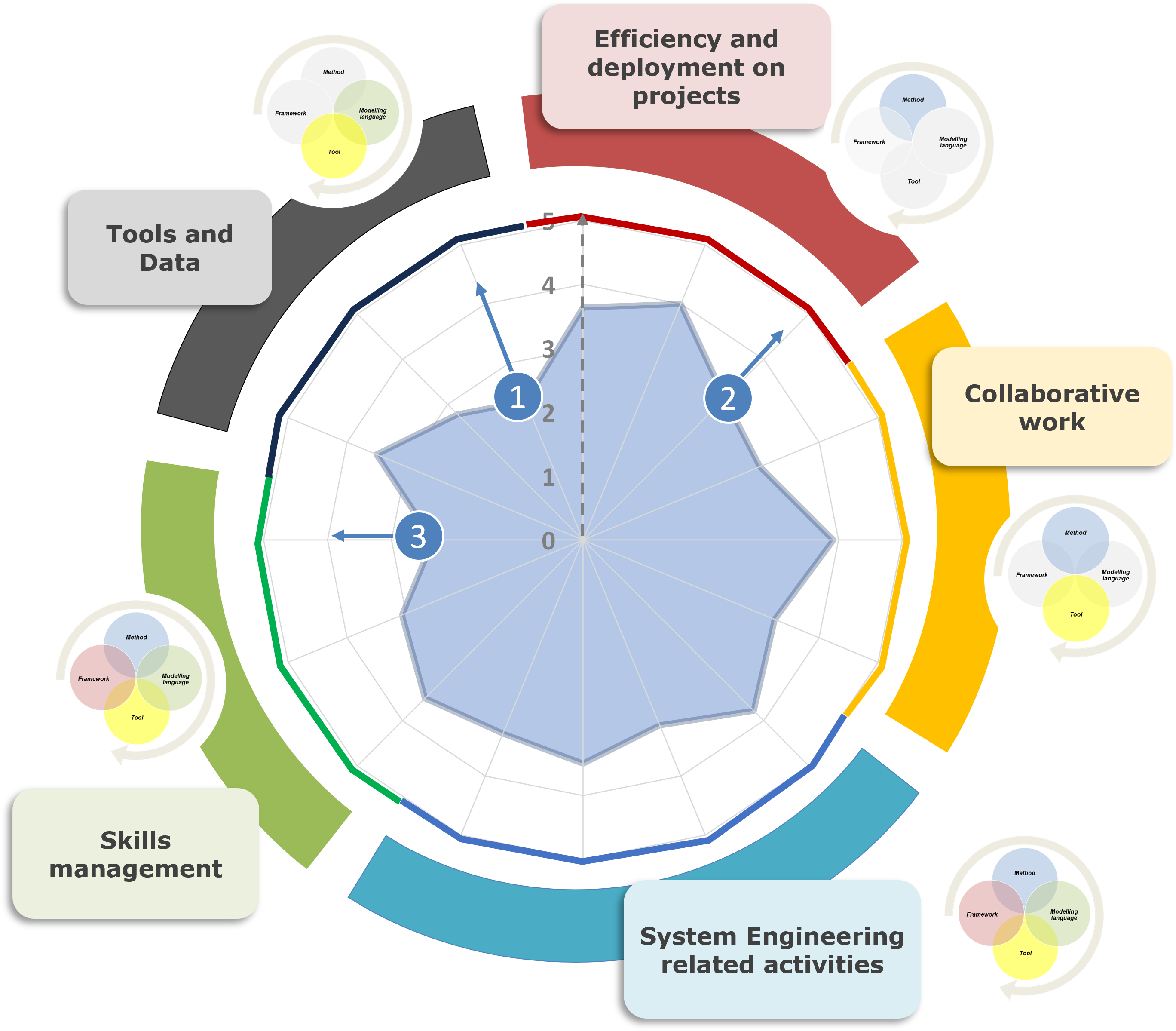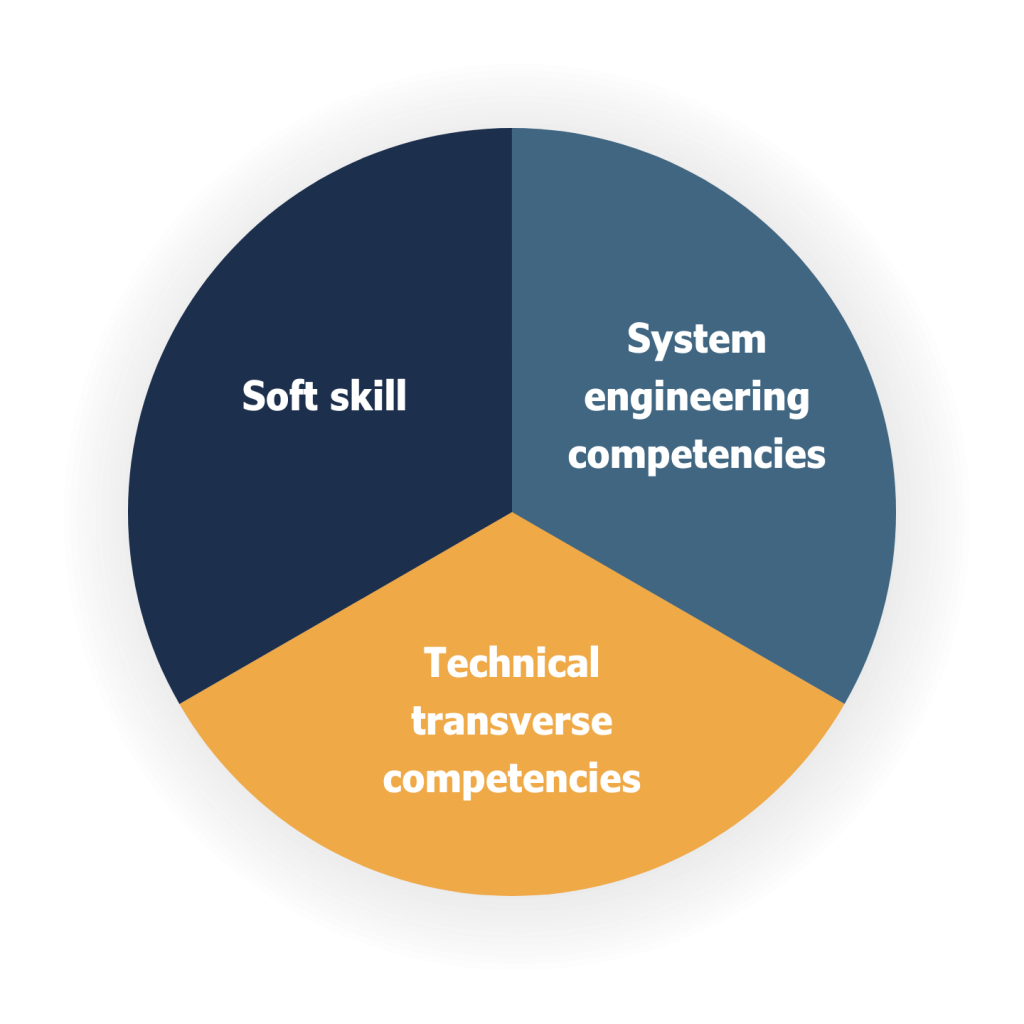Model-Based Systems Engineering
A structured approach
Model-based systems engineering is an increasingly popular topic in engineering. However, its definition remains a subject of varied interpretations. It seems crucial to understand the different facets of this approach in order to guarantee its effective deployment.
From understanding the foundations of MBSE to putting it into practice, we highlight the essential elements, in our opinion, to fully understand this approach, coupled with some practical advice aimed at maximizing the advantages of MBSE and successfully deploying it.
Understand MBSE
MBSE is based on two key notions: the notion of model (Model-Based) on the one hand and system engineering (Systems Engineering) on the other hand.
It is therefore an approach favoring the use of digital models, rather than textual documents, as the main means of information. The models, composed of different views, offer specific representations ideally organized according to an architectural framework. MBSE approach is therefore above all a structured and ultimately equipped approach (in the software sense). In the broader context of systems engineering, MBSE is therefore fully part of the quest for formalization and mastery of the design and validation of complex systems.
The advantages of MBSE are multiple. By gathering and linking all the data relating to the design of a system, from the need to the solution, it connects all engineering disciplines and facilitates impact analyzes. In addition, the digitalization of models promotes design consistency. In the current context of digital transformation of companies, MBSE therefore takes a central place, with companies seeking to establish digital continuity in their design process.
The 4 pillars of MBSE
A crucial interdependence

Practical recommendations for a successful deployment
When deploying MBSE, it is imperative to respect two distinct phases.

The first, called “system architecture”, focuses on understanding the problem to be solved, constructing the system architecture and formalizing the ideas using simple representation tools. This crucial step is too often neglected in favor of modeling in the tool. However, it aims to share information, challenge architectures and converge towards a representation of the system.
The second phase aims at the actual creation of digital and interconnected models of the system. The objective is to transcribe the ideas written on paper into a language readable by the modeling tool, while maintaining an effective structuring of the data model.
Neglecting one or other of these phases or devoting too much time/effort to the problem to be solved compromises the effectiveness of the overall approach. It will therefore be appropriate to deploy the MBSE approach in these two phases according to needs and in a manner adapted to each particular case.
Too often we see manufacturers invest in a modeling tool without giving it further thought. However, the cost of setting up MBSE activities can be high and is not limited (far from it) to the purchase of licenses. The cost/value assessment of such an approach within the company can only enable an informed decision to be made if and how to deploy this approach.
The deployment of MBSE is in fact a real transformation of small businesses in the sense that it modifies several constituent elements within a given scope (the way of carrying out system engineering activities, the methods of collaboration, the necessary skills, etc.)
It is therefore better to assess the company’s situation before and after the deployment of the MBSE, according to relevant maturity axes, in order to fully understand the initial situation, arbitrate the scope and scale of the deployment and determine a realistic transformation trajectory.

If modeling skills in the tool are necessary to develop, too many manufacturers ignore the development of the systems engineering skills of their employees by invoking “on the job” learning or by focusing on remuneration by seniority/ experience of managers. However, acquiring skills in systems engineering is essential both for:
- the system engineer in order to be efficient in the system architecture phase
- the modeler who must have a detailed understanding of the issues that his modeling involves.



